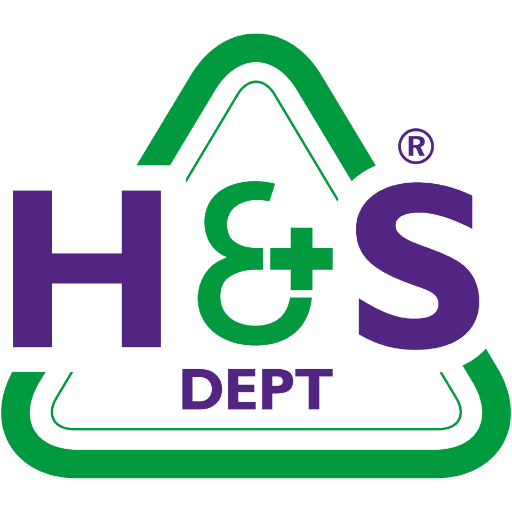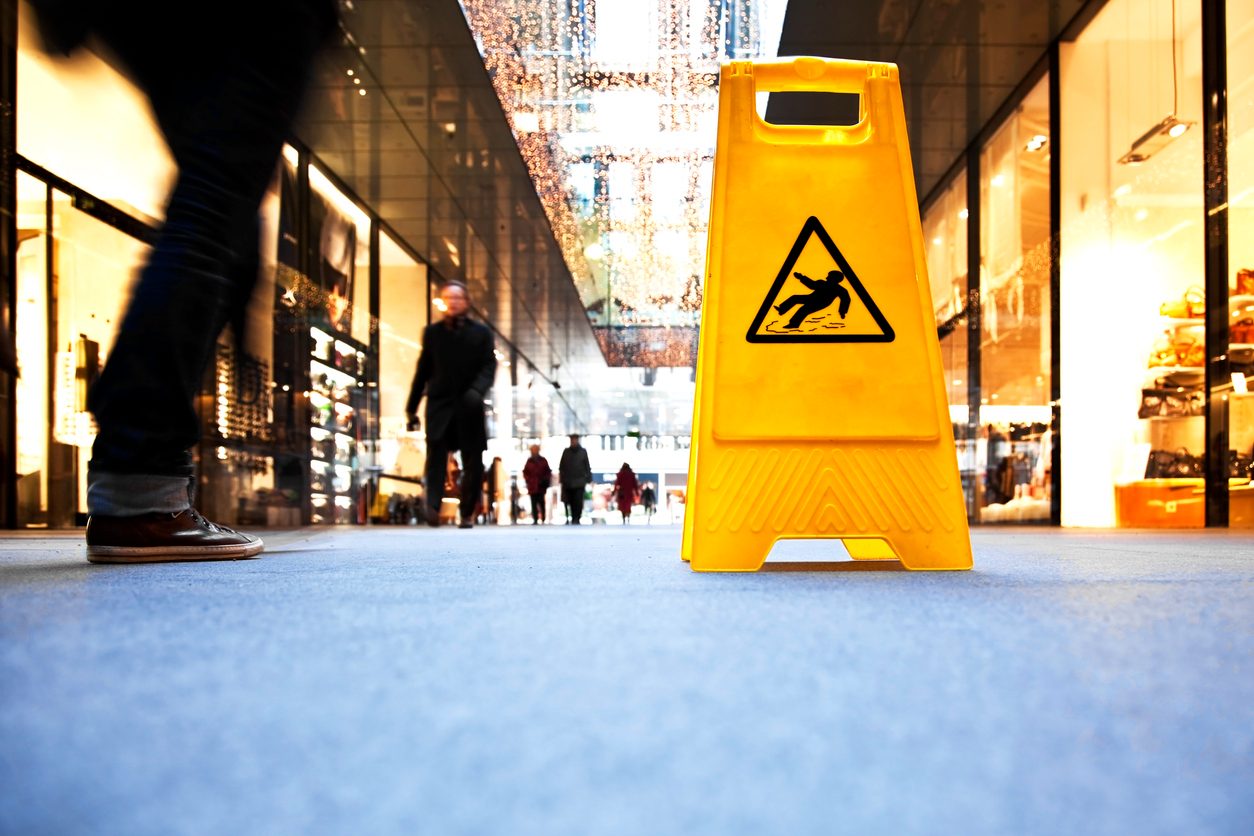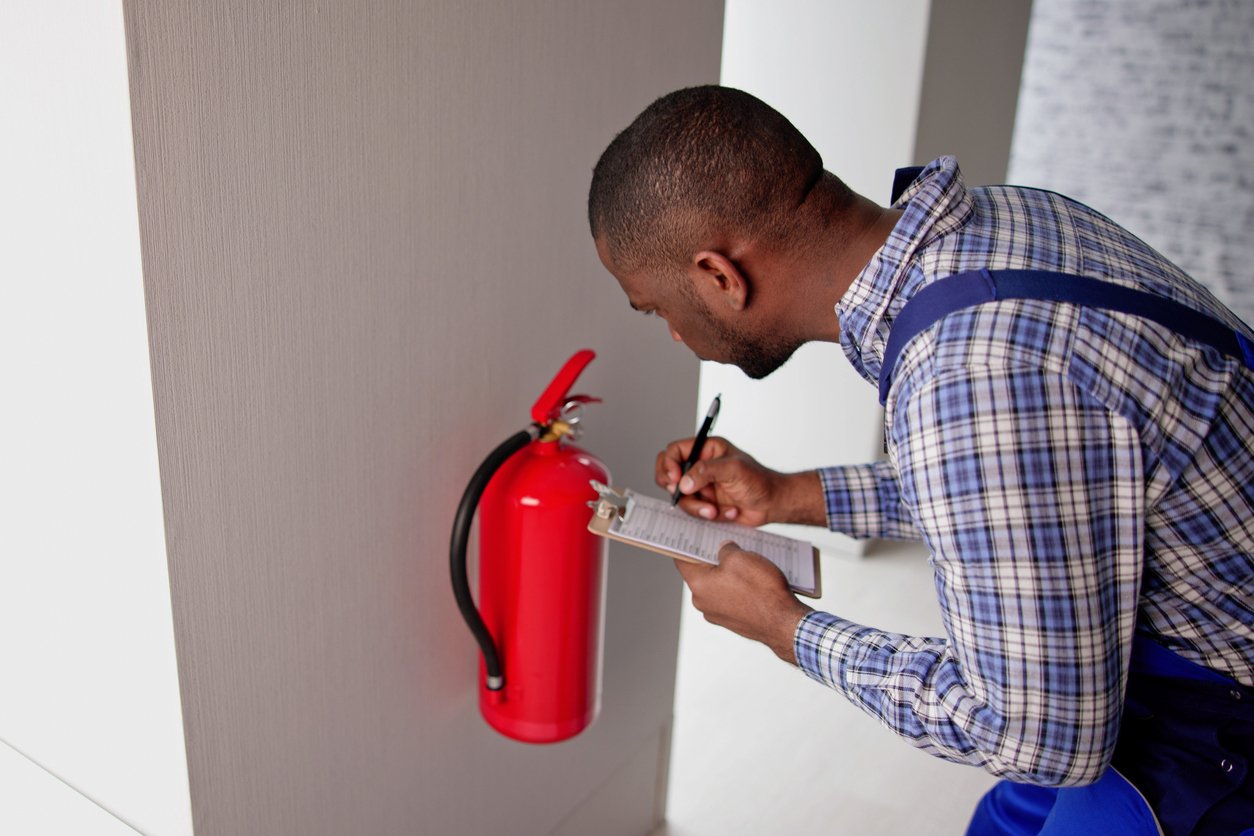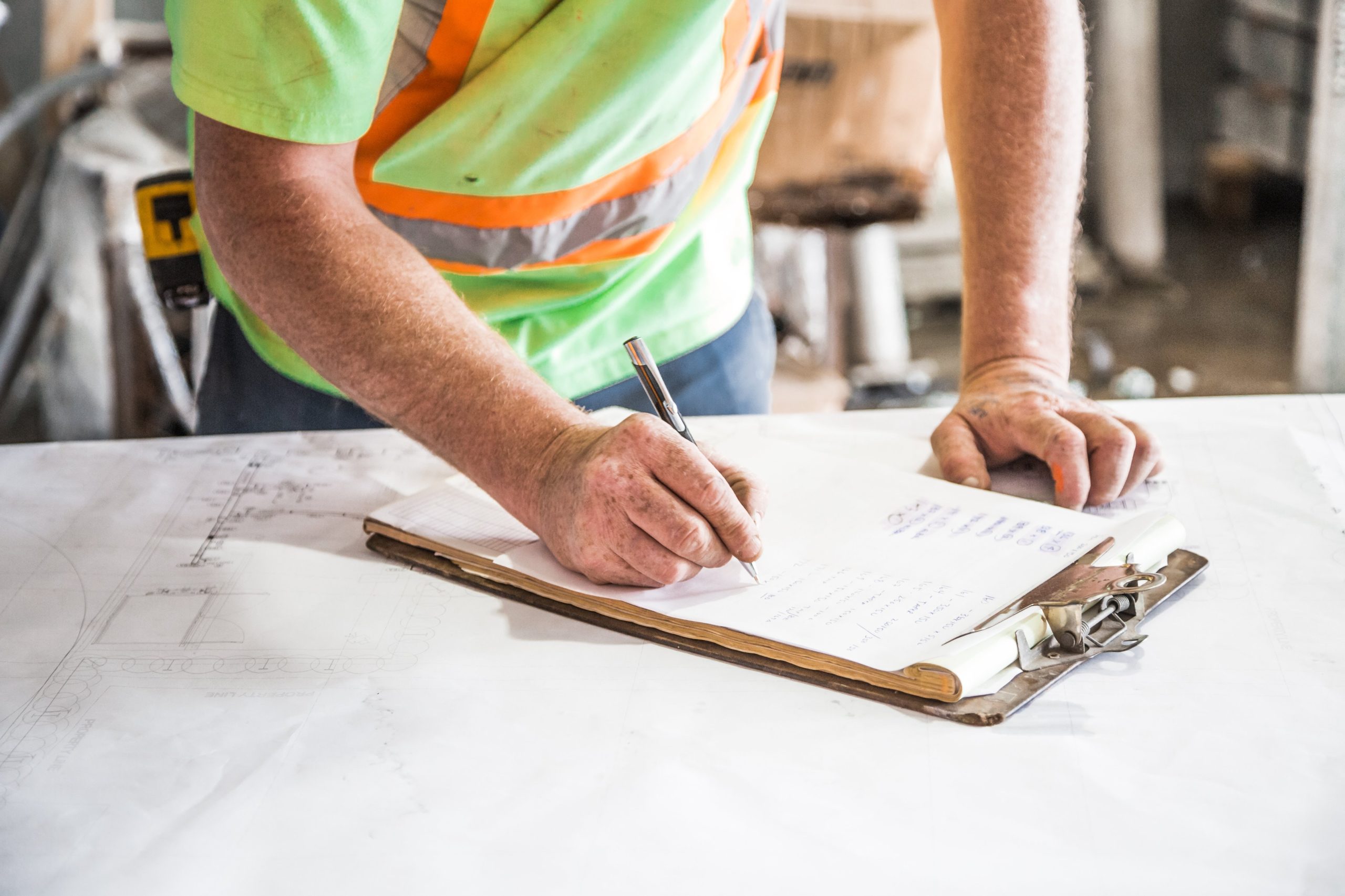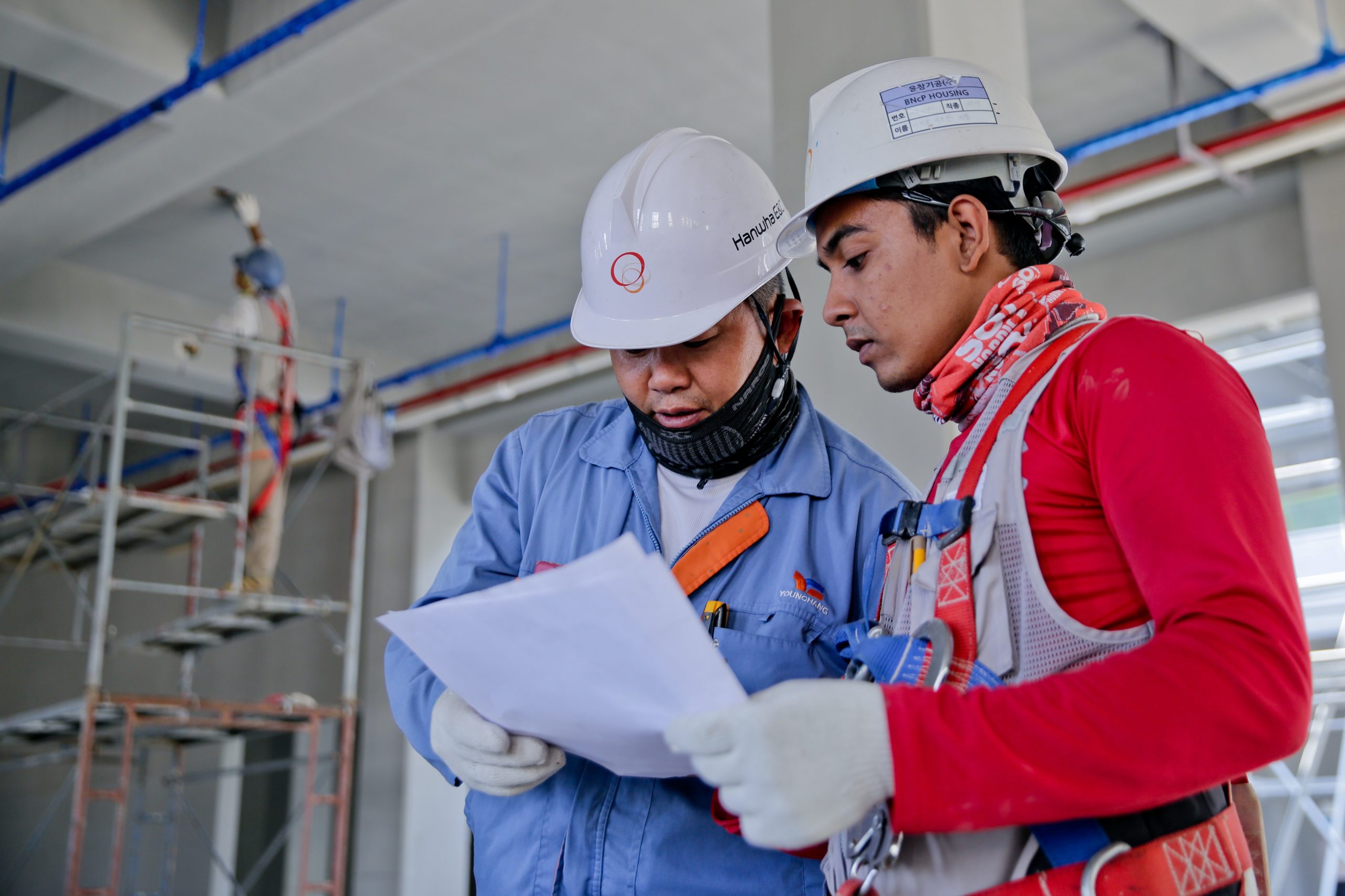Health and safety documentation can often feel like a daunting task, especially for busy business owners and managers juggling multiple responsibilities. But when it comes to ensuring a safe workplace, a Risk Assessment and Method Statement (RAMS) is one of the most effective tools you can have. It not only helps you identify risks but also provides a clear plan for carrying out tasks safely, protecting both employees and your business from potential harm.
If you’re unsure where to start with RAMS, don’t worry, we’ve got you covered. In this guide, we’ll break down what RAMS are, why they matter and how you can create an effective one for your workplace.
What Is RAMS and Why Does It Matter?
RAMS is made up of two key documents: a risk assessment and a method statement.
- A risk assessment helps you identify workplace hazards, assess the level of risk they pose and implement measures to eliminate or reduce them.
- A method statement is a step-by-step guide detailing how a specific task should be carried out safely, incorporating the control measures identified in the risk assessment.
Together, these documents ensure that employees understand potential risks and follow a structured process to complete tasks safely. While RAMS is commonly associated with high-risk industries such as construction, engineering and manufacturing, it is equally relevant for office environments, schools and healthcare settings.
Beyond compliance, RAMS is about peace of mind – for you, your employees and anyone who interacts with your business. When done properly, it creates a culture of safety, reducing workplace accidents improving efficiency and helping you stay on the right side of the law.
Writing an Effective Method Statement
A method statement is your practical guide to ensuring work is carried out safely. It provides clear instructions to workers, outlining not only what needs to be done but also how to do it safely.
Step 1: Describe the Work
Start with a simple, clear overview of the task. What work is being carried out? Where is it taking place? Are there any specific conditions or challenges that could affect safety, such as working at height or handling hazardous materials?
Step 2: Identify Who Is Involved
List the key people responsible for overseeing the work, including supervisors, team leaders and operatives. If there are any specific qualifications or training requirements, such as operating machinery or handling chemicals, highlight them here.
Step 3: Outline the Work Process
This section should provide a clear, step-by-step breakdown of how the task will be completed. Be detailed but concise—avoid unnecessary complexity while ensuring all critical safety steps are covered. Think about potential risks at each stage and include any required safety measures, such as wearing personal protective equipment (PPE) or using specific tools.
Step 4: Emergency Procedures
No matter how well-planned a job is, things can still go wrong. Your method statement should include clear instructions on what to do in an emergency, who to contact, and where first aid kits or emergency exits are located. This ensures everyone knows how to respond if something unexpected happens.
Step 5: Review and Approval
A method statement isn’t just a document to tick off a list—it should be a living document, reviewed and updated as needed. Before work begins, ensure that all involved have read and understood it. Regular reviews help keep it relevant, especially if circumstances change.
Creating a Risk Assessment That Works
Risk assessments are the foundation of a safe working environment, helping you to identify, evaluate and control workplace hazards.
The process follows five key steps:
- Identify Hazards – Walk through the workplace and consider what could cause harm. This could include anything from slips and trips in an office to falling objects on a construction site.
- Assess the Risk – Determine how likely it is that harm could occur and how severe the consequences would be.
- Implement Controls – Outline what measures you can take to reduce or eliminate the risk, such as better training, protective gear or improved workspace layout.
- Record Findings – Keep a written record of your risk assessment, especially if you have five or more employees (as required by law).
- Review and Update – Regularly revisit your risk assessment, particularly if new equipment, processes or staff members are introduced.
A well-structured risk assessment doesn’t just help you comply with legal obligations—it also creates a safer, more productive working environment by anticipating and preventing accidents before they happen.
When Do You Need RAMS?
Not every workplace task will require RAMS, but they are essential for higher-risk activities. If a job involves working at height, confined spaces, hazardous substances, heavy machinery or lifting operations, then a method statement and risk assessment should be a priority.
Some common workplace scenarios that require RAMS include:
- Construction projects, including scaffolding, excavation and demolition.
- Manual handling and lifting operations where there’s a risk of injury.
- Use of hazardous substances such as chemicals or flammable materials.
- Working in confined spaces like tanks, tunnels, or ducts.
- Maintenance work on electrical systems or machinery.
Even in lower-risk environments, RAMS can be useful to demonstrate due diligence and help businesses manage risks effectively.
How The Health & Safety Dept Can Help
Writing a RAMS document takes time, attention to detail and a good understanding of workplace risks. If you’re unsure where to start or need expert guidance, we’re here to help.
We support businesses across multiple industries, helping them create clear, compliant and effective risk assessments and method statements tailored to their needs. Our experienced advisors will guide you through the process, ensuring that your documentation meets legal requirements and provides practical solutions to workplace risks.
By working with us, you can be confident that you’re protecting your employees, meeting your obligations and creating a safer workplace – without the stress of navigating complex regulations on your own.
If you need help writing a RAMS document or want to review your current health and safety procedures, get in touch today.
